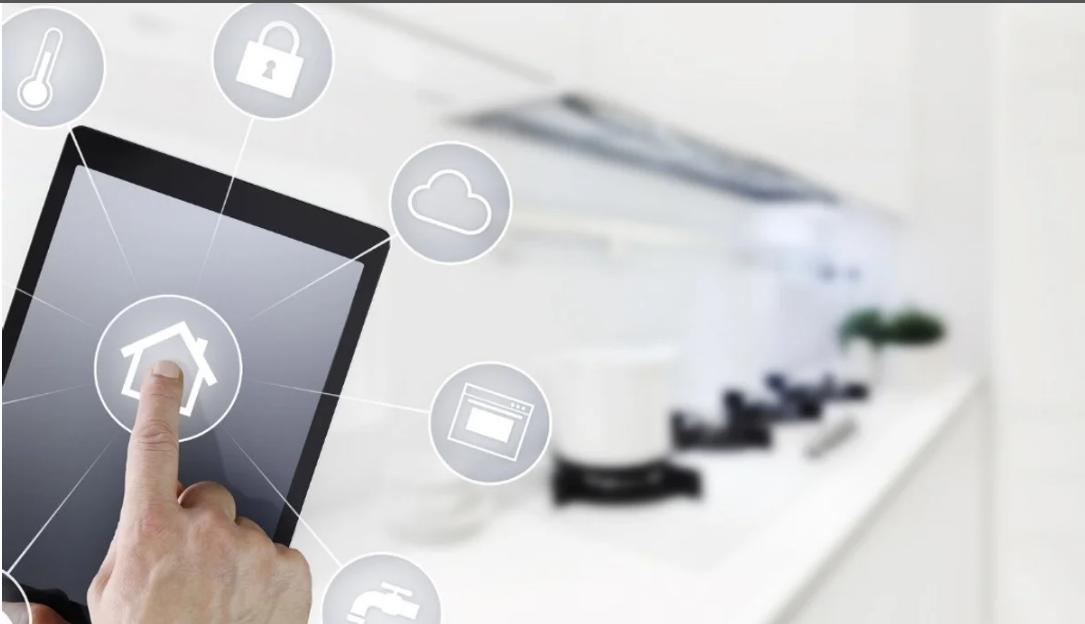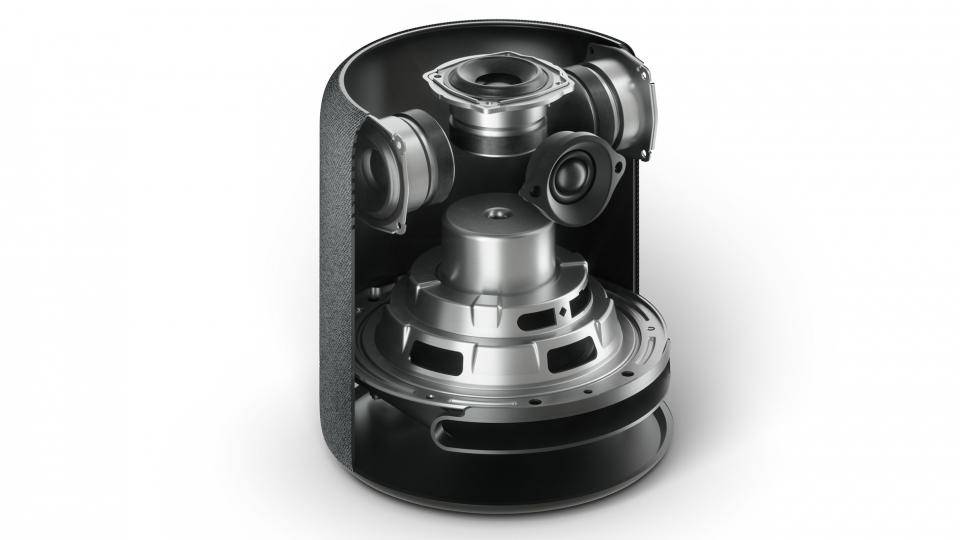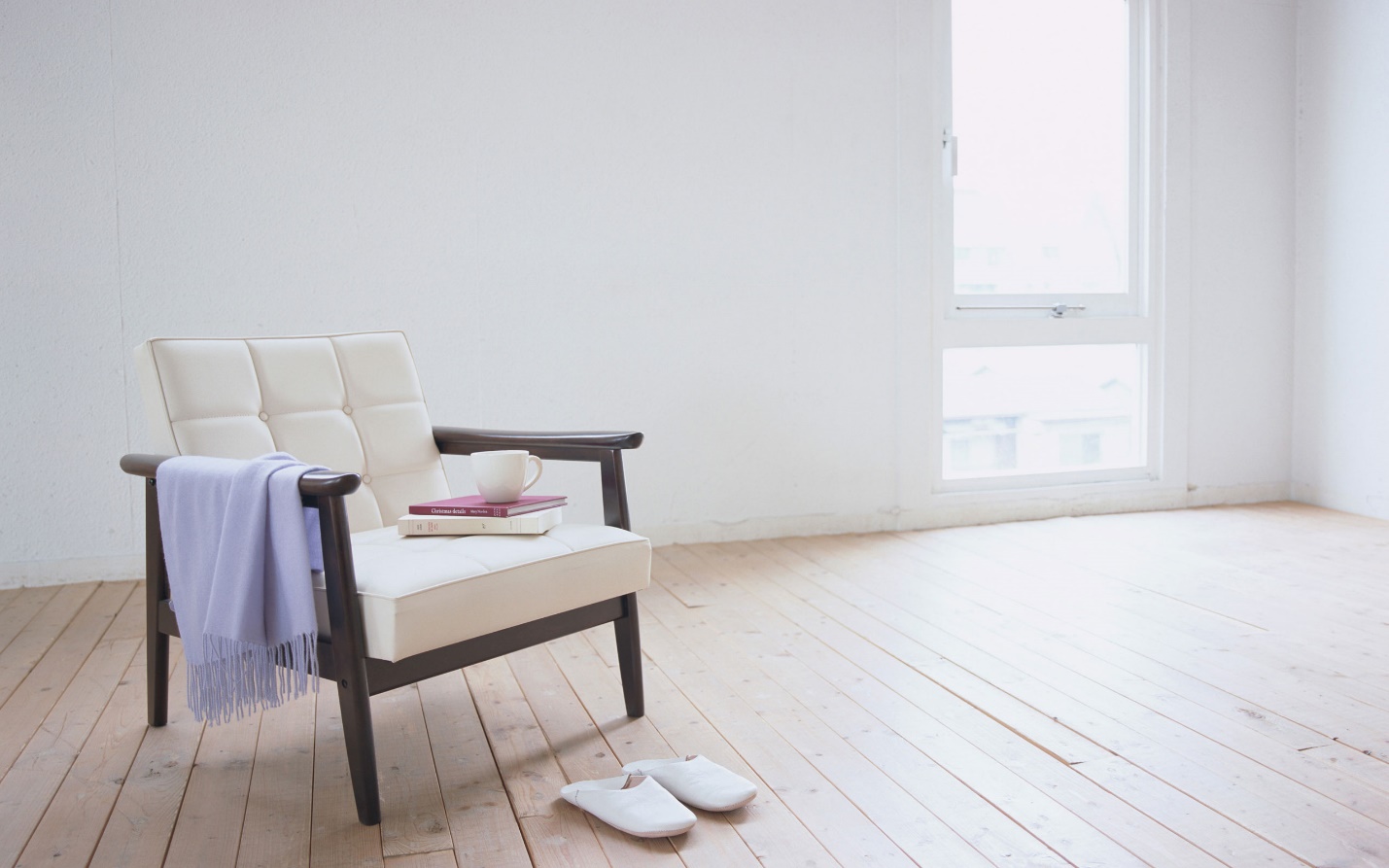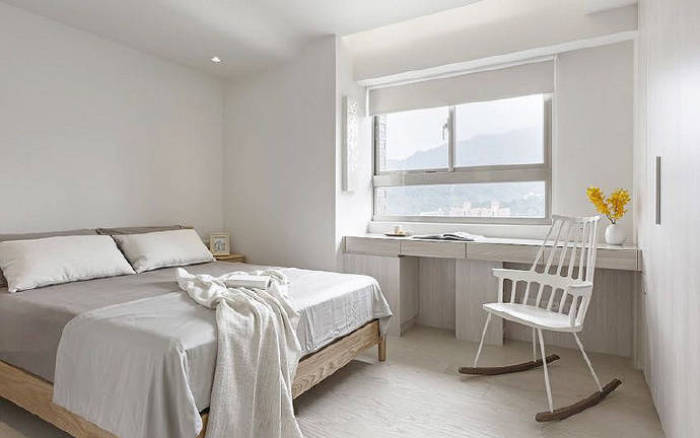A floor drain is a plumbing fixture installed on the floor to collect and drain water and other liquids. They are commonly found in domestic, commercial, and industrial areas. This blog post will discuss everything you need to know about floor drains! We will cover topics such as installation and maintenance. Read on and find more information!
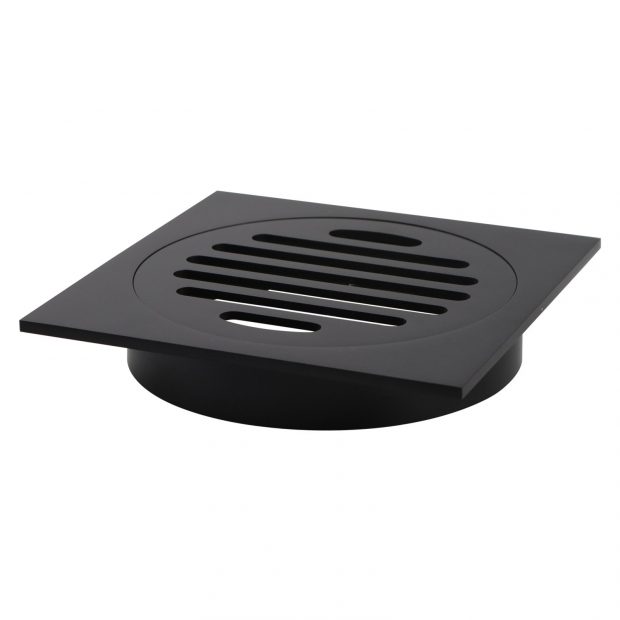
How do Floor Drains Work?
Floor drains work by collecting water and other liquids that spill on the floor and draining them through pipes. Water is usually collected in a sump located under the floor drain. From there, water is drawn from the building through a drainage system.
What are the Types of Floor Drains?
There are several different types of floor drains, each designed for a specific purpose.
Residential floor drain
The most common type of floor drain is a residential floor drain, usually found in bathrooms, kitchens, and basements. These floor drains are usually made of plastic or metal and have a fence that covers the opening. This prevents debris from clogging the drain. In some cases, the residential floor drain may also be connected to the main sewer line. In this case, it is important to ensure that the connection is properly to avoid leaks.
Commercial floor drain
Another type of floor drain is the commercial floor drain, which is designed to be used in commercial and other public spaces. These drains are usually made of stainless steel and have a more powerful bearing capacity and larger area grilles to accommodate more. They also usually have internal seals that prevent odors from escaping into the building. Commercial floor drains can create a dry environment that is not conducive to mold growth by directing water away from the floor.
Industrial floor drains
Industrial floor drains are an essential part of any factory or industrial environment. These floor drains are made of heavy-duty materials like cast iron or concrete and can drain a lot of water. This ensures that any spills or leaks are quickly contained and pose no risk to property or the public. Industrial floor drains are usually located in places where water leaks are likely to occur, such as near workstations or in front of machines. Additionally, Industrial floor drains can be equipped with backflow preventers to help prevent the backflow of sewage.
How do I Install a Residential Floor Drain?
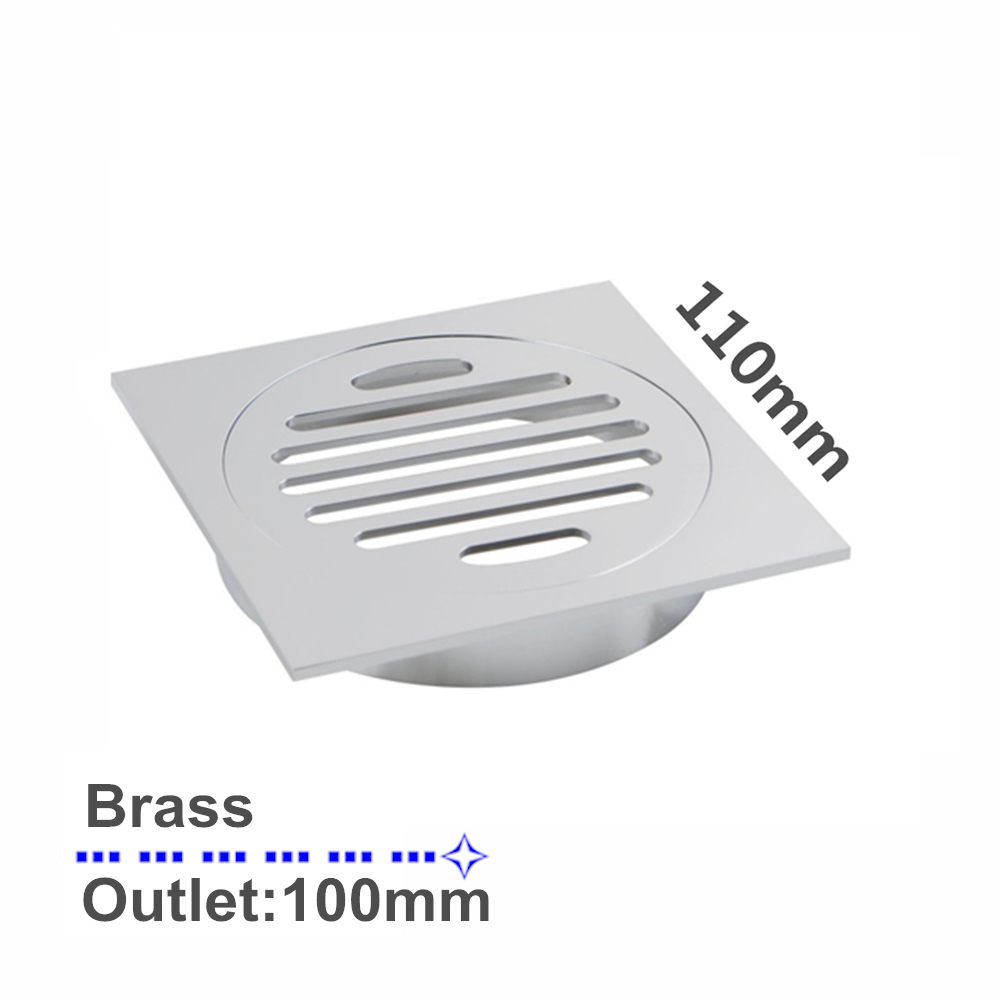
If you are interested in installing a residential floor drain, the first step is to choose the right type of drain for your needs.
Once you have selected the right type of floor drain, you will need to determine the best location for installation. The placement of your floor drain should be carefully considered to ensure proper drainage.
Once you have determined the best location for your drain, you will need to prepare the area for installation. This may involve removing any existing flooring or other obstacles.
Once the area is prepared, you will need to install the floor drain body into the hole and secure it with screws.
After installation, you will need to connect the drain to the drainage system and test it to make sure it is working properly.
Tips for Maintaining Your Residential Floor Drain
Over time, your floor drains can become clogged with dust, hair, and other debris. If this happens, you may notice that the water in the sink or shower starts to flow back. To prevent this from happening, it is important to clean the floor drain regularly. The best way to do this is to mix a mild detergent with warm water and use the plunger to remove any debris that might be clogging the drain. You should also check your floor drains regularly for any signs of damage or wear. If you notice any cracks or gaps in the sewer, be sure to fix them as soon as possible to prevent leaks. By following these simple tips, you can keep your floor drain running for years to come.
Conclusion
Floor drains are an essential part of any home or business. They are designed to catch any water that may leak from pipes or spill onto the floor. There are many different types of tile insert floor waste on the market, so be sure to choose the right one for your needs. With proper installation and maintenance, your floor drain will provide years of reliable service.
